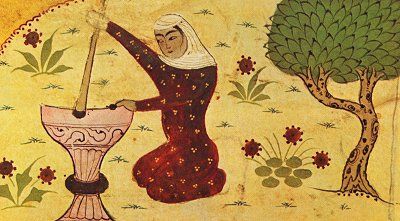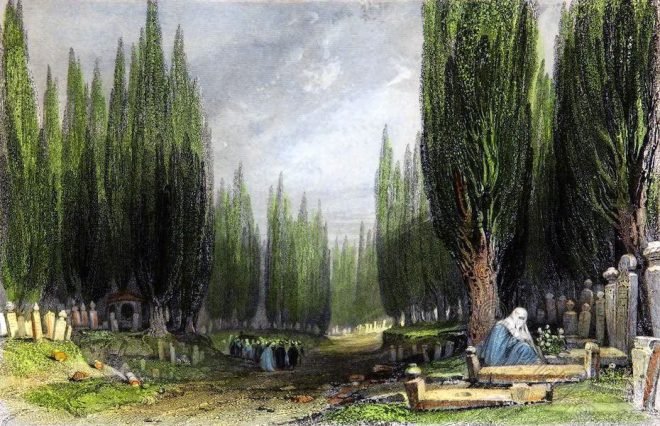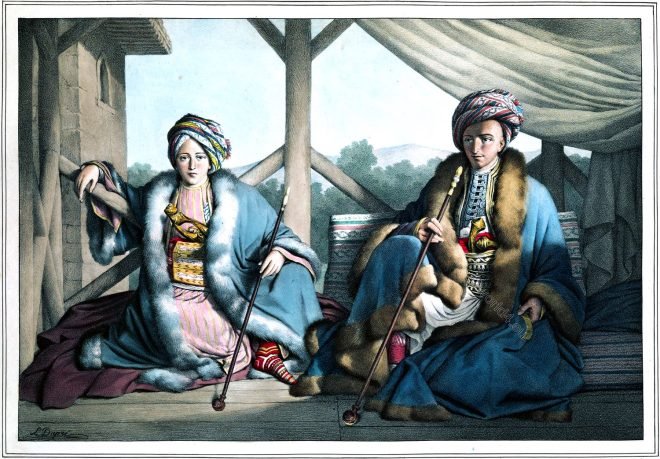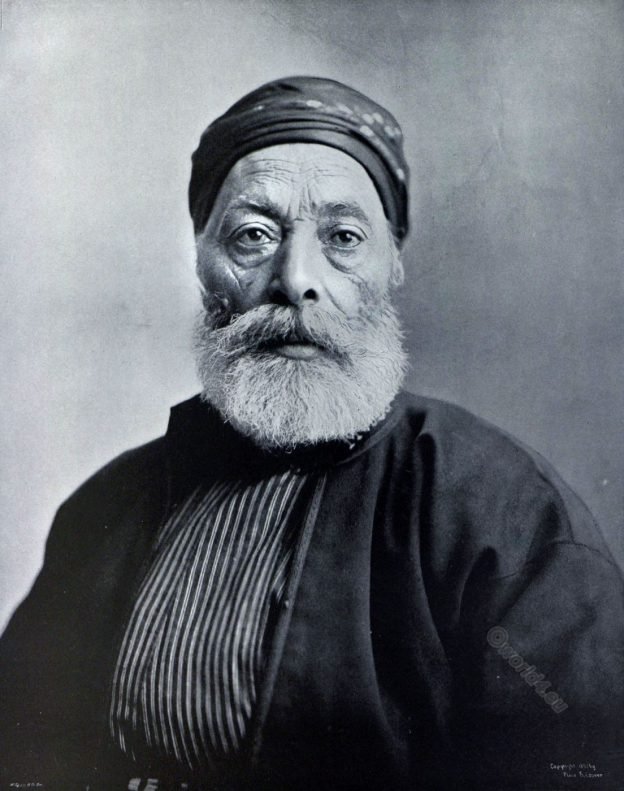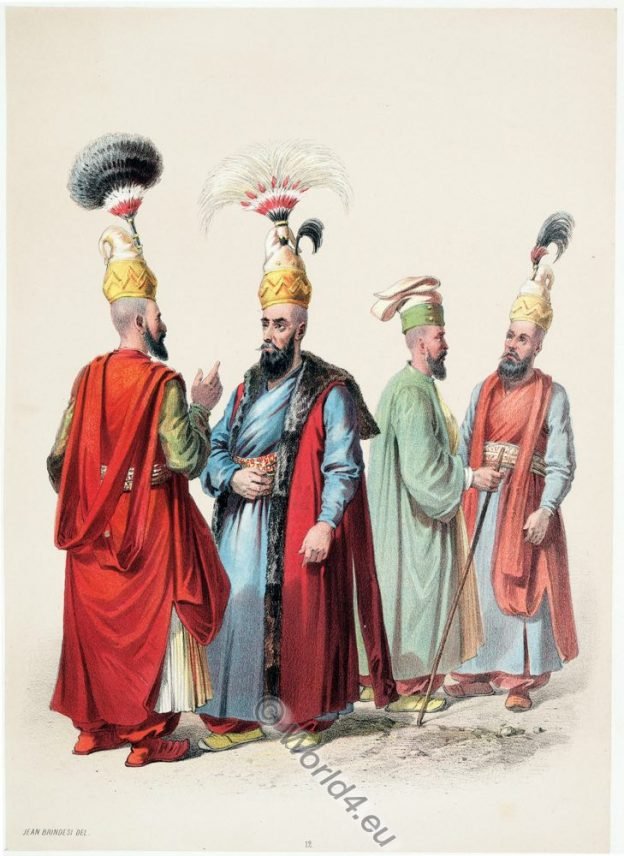Caravansaries are public edifices established in almost every town and village throughout the Turkish empire
Tag: Ottoman Empire costumes
Ottoman Empire costumes history. Turkish Empire clothing. Osmanlı İmparatorluğu.
Women Mystics of the Dervish Orders. Female muslim Sufi saints.
Women Mystics by Lucy Mary Jane Garnett. Sisterhood of Mystics. Female muslim Sufi saints. The holy women of the Dervish Orders.
Ottoman Mosque of Shah-za-deh Djamesi (Sehzade), Constantinople.
Street market with fruit and vegetable vendors and supervisors. The Sehzade Mosque in Instanbul in the background.
Pera. A quarter of the great suburb of Constantinople.
Pera was the name of a district of Constantinople, or more properly a quarter of the great suburb of Galata located north of the Golden Horn.
The Süleymaniye Mosque in Istanbul of Sultan Suleyman the Magnificent.
The Süleymaniye Mosque (Turkish: Süleymaniye Camii) is one of the great mosques in İstanbul. It was built by order of Sultan Suleyman the Magnificent in a very short construction period between the years 1550 and 1557 and is an important work of the architect Sinan.
The Great Cemetry of Scutari. Turkish necropolis, the cities of the dead.
Scutari cemetry of Istanbul, the former Constantinople. Among the objects which distinguish a Turkish necropolis, is the stone placed to mark the grave.
Ismail Bey and Mehmed Pasha. Portraits of Louis Dupré c. 1819.
Ismail Bey and Mehmed Pasha, sons of Veli Pasha of Thessaly and grandsons of Ali Pasha of Ioannina.
FAR-A WAY-MOSES. Jewish type. Dragoman.
The above portrait is another illustration of the persistence of the Jewish type.
Costumes of the Ottoman court. Cara Coulouktjou, Ousta, 1850.
The motifs show costumes of the Ottoman court during the reign of Mahmoud II. Elbicei Atika was the name of a costume museum in Constantinople, originally located in the armoury of the Seraglio.
Basch Tshaousch, Kol Kiayassi. Costumes of the Ottoman Court.
Basch Tshaousch. Costumes of the Ottoman Court, 1850. Various Ottoman functionaries and military personnel in their traditional costumes.


